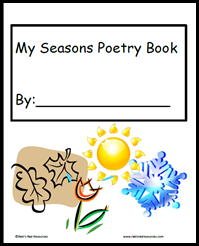I LOVE to play board games at home, but I also enjoying using them in my classroom. In addition to encouraging cooperation, turn taking and a variety of other social skills, I find I can often use the games to work on math and literacy skills. So, every Friday, I am going to post a Friday Game Night post, giving tips on how to use a particular board game in your classroom. Here’s this week’s Friday Game Night Tip:
++ So sorry this Friday Game Night is coming out on Sunday – I’m having internet issues right now, lol! Enjoy! ++


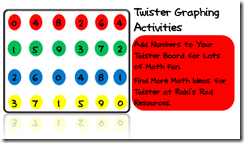 At this time of the year, it’s important to get kids up and moving and Twister is a great game to do just that. However, you can make Twister educational too! Here are some ways you can use Twister when teaching Math. For most of these variations, you will need to add digits (0-9) to the Twister circles. You can either write the number right on the circles, or write the numbers on index cards and tape the index cards to the circles.
At this time of the year, it’s important to get kids up and moving and Twister is a great game to do just that. However, you can make Twister educational too! Here are some ways you can use Twister when teaching Math. For most of these variations, you will need to add digits (0-9) to the Twister circles. You can either write the number right on the circles, or write the numbers on index cards and tape the index cards to the circles.
 (Management Tip: If you can get your hands on multiple twister boards, you can spread your students around the room on various boards with 3-4 students on a board and use one spinner for all of them. Or, you can die cut colored circles and make a LARGE twister board that will encompass your entire class and tape them to the floor – if you have enough space. Also, when teaching these variations – you should always be the caller for the first few rounds. After students understand the concept, then you can let children take a turn as caller, or even break them into small groups and let this be a fun, active center.)
(Management Tip: If you can get your hands on multiple twister boards, you can spread your students around the room on various boards with 3-4 students on a board and use one spinner for all of them. Or, you can die cut colored circles and make a LARGE twister board that will encompass your entire class and tape them to the floor – if you have enough space. Also, when teaching these variations – you should always be the caller for the first few rounds. After students understand the concept, then you can let children take a turn as caller, or even break them into small groups and let this be a fun, active center.)
1. Graph Your Hands & Feet – There are tons of graphing opportunities that can created using Twister. You can simply graph the colors called. You can graph 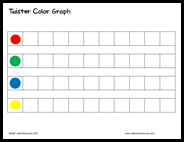 how many times your spinner lands on feet vs. hands. You can graph the numbers people put their hands/feet on, or even the characteristics of these numbers (odd, even, less than 5, greater than 5) etc. There are tons and tons of ways to work on graphing using Twister. Grab 4 possible graphs and some graphing questions free, from Google Docs.
how many times your spinner lands on feet vs. hands. You can graph the numbers people put their hands/feet on, or even the characteristics of these numbers (odd, even, less than 5, greater than 5) etc. There are tons and tons of ways to work on graphing using Twister. Grab 4 possible graphs and some graphing questions free, from Google Docs.
2. Partner Adding (or subtracting, multiplying or dividing) – Partner up students for this variation. Have on student on the board being the “twister” and one student with a small white board, being the “thinker”. When you call out the action (right hand, red), the twister will do the action and call out the number he put his hand or foot on to his partner. The partner will write down the number on the white board. This will be repeated with each action called out, but with each action, the thinker must add the new number to the old number (or old total), creating a bigger number. If the thinker gets the answer wrong, that team is out of the game. If the twister falls, that team is out of the game. (You could also play for points if you would like.)
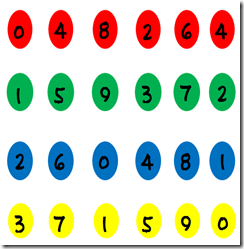 The same could be done for multiplication, or if you’re working on subtraction or division, you could give students a number to start from and have them subtract or divide each number landed on.
The same could be done for multiplication, or if you’re working on subtraction or division, you could give students a number to start from and have them subtract or divide each number landed on.
3. Number Creation – For this variation, split your class into 2 teams. The teams will take turns being “twisters” and “thinkers”, using a 3 strikes policy. After 3 strikes, the teams switch. “Twisters” get a strike by letting a body part other than their hand or foot touch the ground. “Thinkers” get a strike by coming up with the wrong answer.
Each time you call out an action, the “twisters” complete that action. Write the numbers on the board and challenge the “thinkers” to use the digits to make the biggest number, the smallest number, the biggest even number, the biggest number they can get to counting by 5, etc. – whatever category you would like.
I hope some of the ideas will help you use Twister in a new, different way. Find more ways to use board games in your room by clicking HERE. Keep playing games and watching your students learn.
![]() )
)

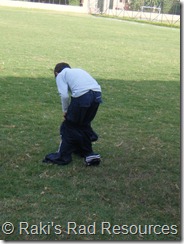
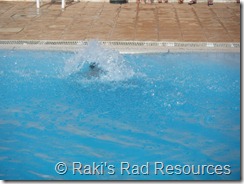


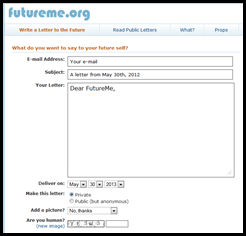

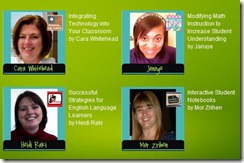










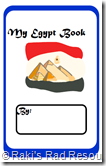


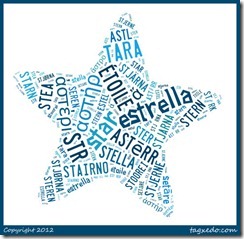


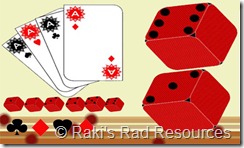
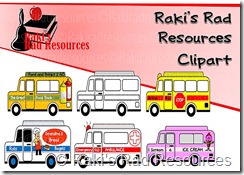
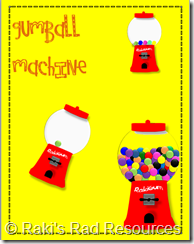

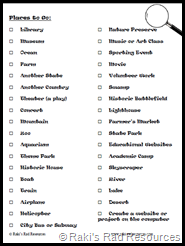







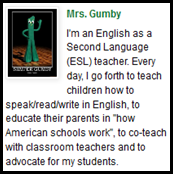


![signature_thumb1_thumb_thumb32222222[1] signature_thumb1_thumb_thumb32222222[1]](http://lh5.ggpht.com/-Izom8F4sC_Y/T7QcfNXQsyI/AAAAAAAADc0/I8CfIEsUehI/signature_thumb1_thumb_thumb32222222%25255B1%25255D%25255B2%25255D.png?imgmax=800)

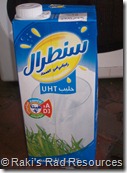
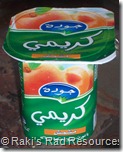

![signature_thumb1_thumb1_thumb_thumb_[1] signature_thumb1_thumb1_thumb_thumb_[1]](http://lh5.ggpht.com/-KhWwbAUxVqQ/T7LgUH0-b1I/AAAAAAAADcU/yZpZn9SHgUw/signature_thumb1_thumb1_thumb_thumb_%25255B1%25255D_thumb.png?imgmax=800)
